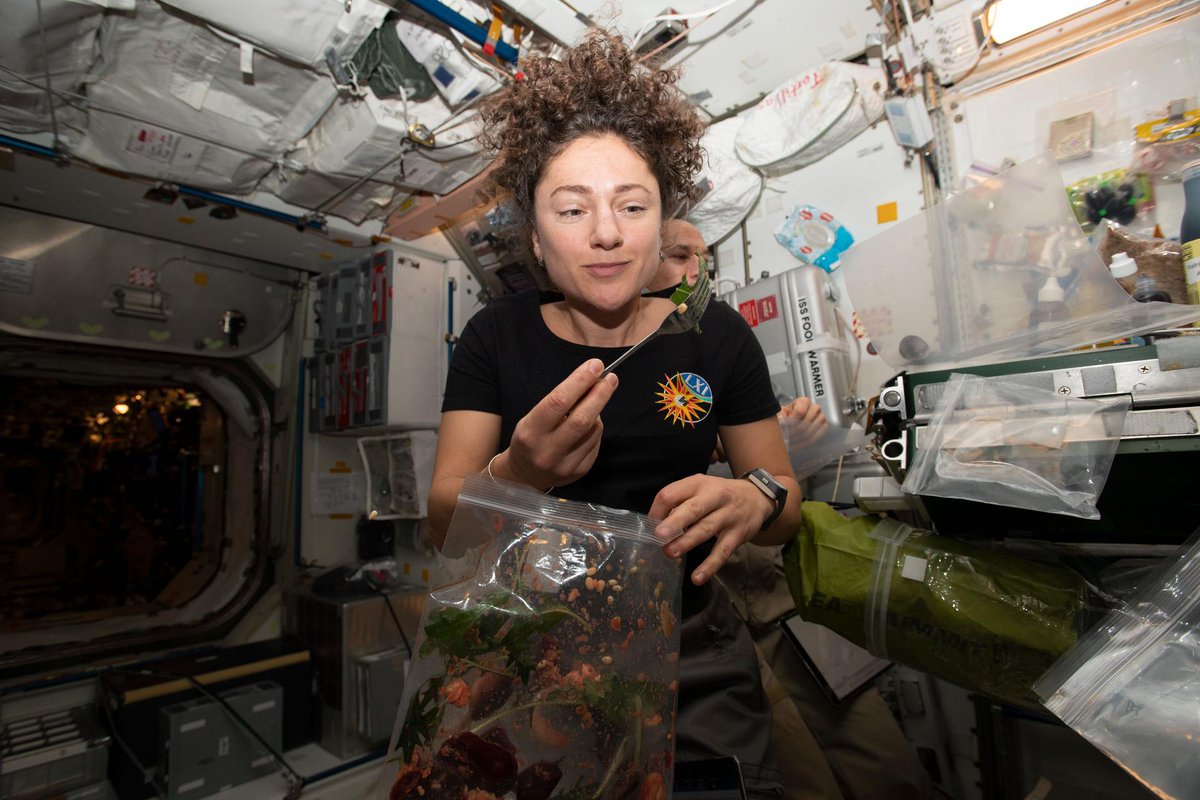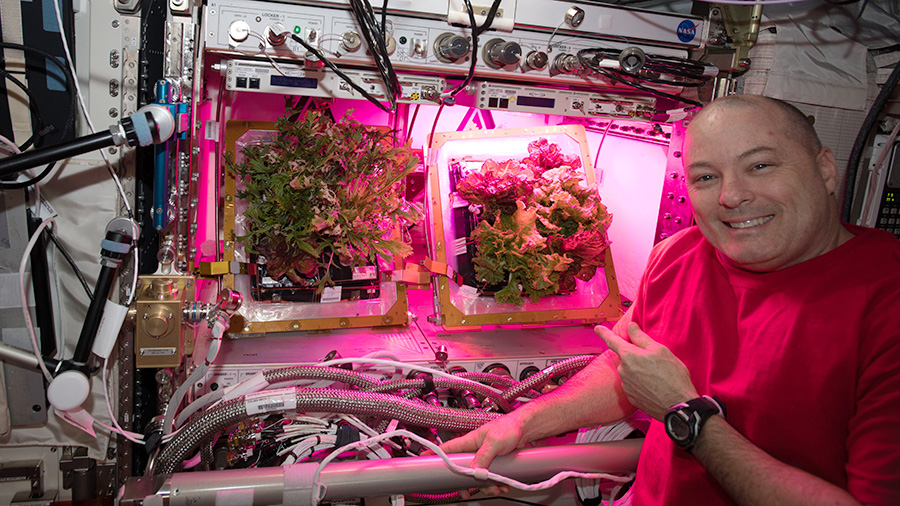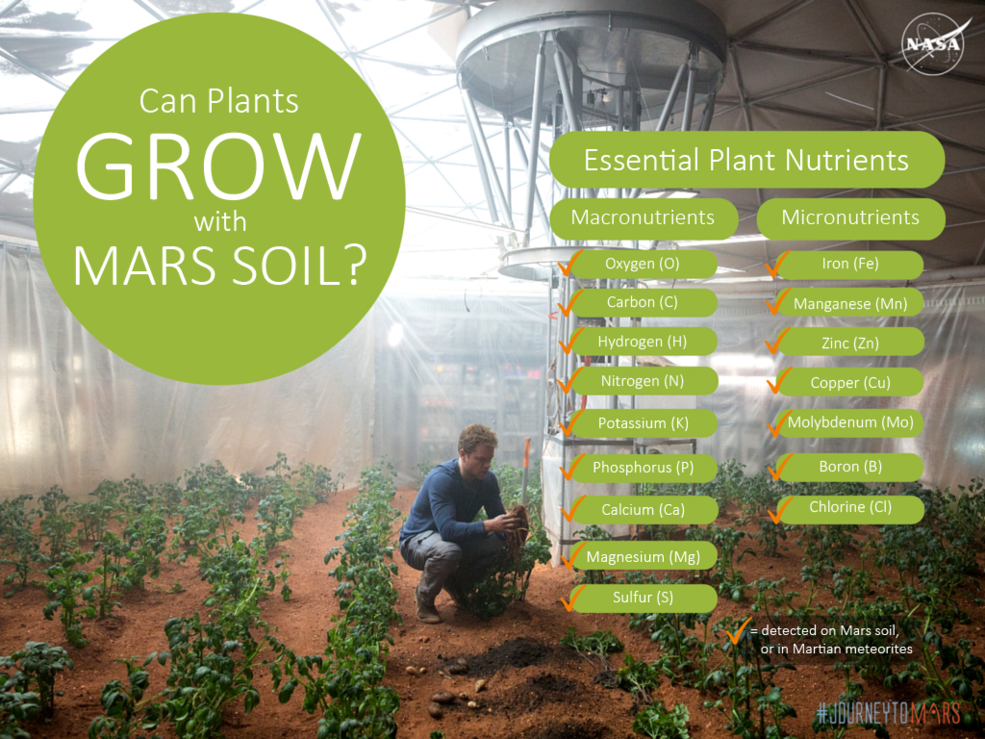So it’s time to talk about agriculture in space! How do we accomplish a skill to crucial to our survival to something done in either the depths of space or on another celestial body? Well, I am here to tell you all about space farming in general and how it works. #scicomm (1/20)
Before you read, make sure to check out my blog post if you want to read about this in more detail, including space farming on the ISS, the Moon, and research that simulates these conditions! http://www.joalda.space/post/space-farming">https://www.joalda.space/post/spac... (2/20)
Space farming is basically growing plants anywhere but on Earth. It is a really important topic since many crewed deep space exploration missions will need to utilize its capabilities instead of relying on resupply missions. The reason for this is that resupply missions... (3/20)
...can get pretty expensive. NASA says that an astronaut& #39;s meal on the @Space_Station weighs around 2 lb (0.9 kg). Once you do the math, the amount of food you would need for a 2.5 year 4-person Mars mission becomes ~15,000 lbs, and this isn& #39;t including the extras. (4/20)
Eating fresh crops can also provide physiological benefits, such as astronauts gaining nutrients they may have been missing in the freeze-dried food, as well as psychological benefits, such as plants keeping up morale, improving mood, and relieving stress & anxiety. (5/20)
Now onto the challenges that come with space farming. It is thought that a space farm would be really sustainable because it is mainly using recycled materials. But, when it comes to doing it on a space station, dealing with microgravity can pose many plant growth issues. (6/20)
Plants have a direct response to the gravitational pull here on Earth called gravitropism. It affects root growth and stem orientation, which are both essential to general plant growth. Also, plants in space can suffer and die from waterlogging. To combat this,... (7/20)
...scientists have looked into soil alternatives, such as porous clay. Seeds produced in different types of gravity can also lead to different nutritional values, which can definitely throw off a plant trying to grow. So yeah, microgravity isn& #39;t plants& #39; biggest fan. (8/20)
Now, onto artificial lighting. This is more of an issue when you& #39;re on a spaceship than if you were on another celestial body in our solar system. Scientists basically have to trick plants into using artificial lighting as if it were real sunlight. LEDs are usually good... (9/20)
...options when it comes to this. Artificial lighting also for the plants that will be using it has to be sure to create day-night cycles like there are here on Earth. Though through accomplishing all of this, plants provide more to astronauts than just an energy source. (10/20)
These plants will also serve as a CO2 scrubbing system since they will be intaking it and producing oxygen. In addition to getting fresh breathable air, astronauts get their own natural air filtration system!
Now, let& #39;s move on to talking about space farming on Mars! (11/20)
Now, let& #39;s move on to talking about space farming on Mars! (11/20)
Mars is one of our prime candidates in regards to learning more about agriculture in space. This is due to the fact that missions will be very long, and without the help of Earth at their fingers, astronauts will need to know how to produce their own food source. (12/20)
Many people think of Mars as this desolate planet void of any life and unable to produce anything itself, and while this may be partially true, it isn& #39;t the case for agriculture. All the rovers on Mars have detected that Martian soil actually contains the majority of... (13/20)
...the necessary macronutrients and micronutrients needed for successful plant growth! The only issue is that the soil lacks the biological components needed, which is where humans and outside materials come into play. So, not so much of a dead planet after all, huh? (14/20)
Martian soil also contains perchlorates, a type of salt that is hazardous to the human body as well as plant growth. Though, you can remove these salts by simply just washing them out of the Martian dirt. There are many other concepts on growing plants on Mars that... (15/20)
...doesn& #39;t utilize the need of Martian soil, and instead uses hydroponics or aeroponics, but this would take more money, time, and infrastructure. So for now, we& #39;re focusing on good old fashioned agriculture, though other methods might prove to be useful in the future. (16/20)
An issue that can come with Martian farming is that because of the thin atmosphere, plants will be in a low-pressure environment, which could lead to issues with photosynthesis and evapotranspiration, though higher levels of CO2 can, in theory, mitigate this issue. (17/20)
So, how viable is space farming on Mars actually? As much as it is possible, it may not be that sustainable at first. There was a study done in 2019 that did an analysis of feeding one million people on Mars, which provides insight into this question of feasibility. (18/20)
Unfortunately, the study stated that a colony of this size would depend on Earth food resupply missions for about a century. After that, the people living on Mars would be able to have a self-sustaining environment where they produced their own crops and whatnot. (19/20)
Thanks for putting on your Mark Watney hat and reading this thread! My question now for you all who have reached this far: would you ever eat a plant that was entirely grown in space or on another planet? For me personally, I would be first in line to try it out. (20/20)

 Read on Twitter
Read on Twitter




